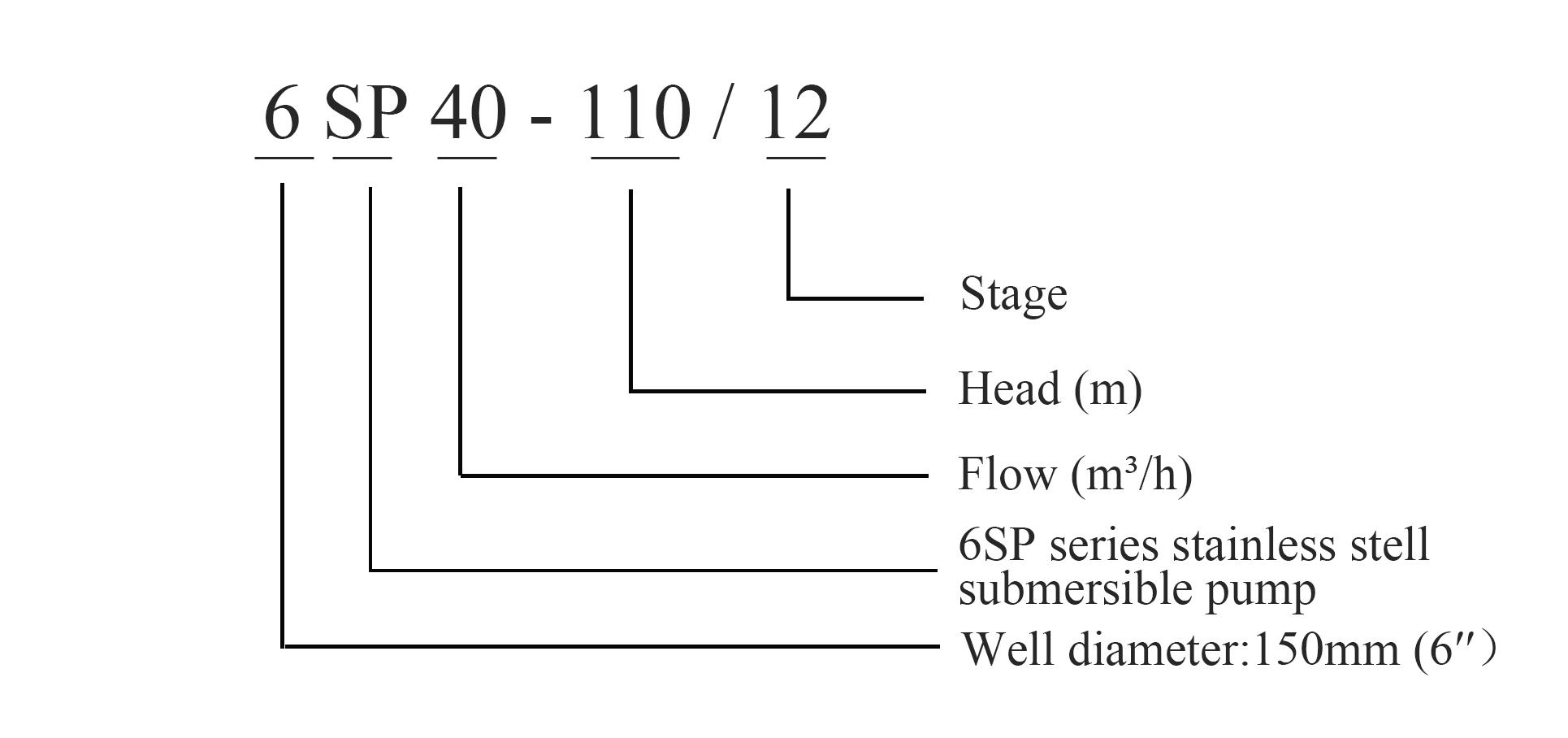8 月 . 08, 2024 05:30 Back to list
Enhanced Performance Submersible Booster Pumps for Efficient Water Supply and Pressure Management Solutions
Understanding Submersible Booster Pumps
Submersible booster pumps are essential components in various water management systems, designed to enhance the pressure and flow of water in a reliable and efficient manner. These pumps are submerged underwater and are commonly used in a range of applications, including residential, agricultural, and industrial settings. Understanding their working principle, advantages, applications, and maintenance requirements is crucial for anyone considering their use.
Working Principle
Submersible booster pumps operate by converting electrical energy into mechanical energy using a motor that is submerged in the fluid being pumped. The key feature of these pumps is that they can be placed directly into the water source, such as wells, reservoirs, or tanks. The motor drives the impeller, a component that spins rapidly to create suction and push water through the discharge pipe. This process increases the overall pressure of the water being pumped, which is particularly beneficial in overcoming gravity and delivering water to higher elevations or distances.
Advantages
The advantages of submersible booster pumps are numerous. Firstly, their design allows for quieter operation, as the motor is submerged in the liquid, dampening noise levels that can be disruptive in surface-based pumping systems. Secondly, the reduced risk of cavitation— where vapor bubbles form and collapse in low-pressure areas—ensures a more reliable operation over time. Additionally, because they are submerged, submersible pumps are less prone to issues related to freezing temperatures and require less maintenance compared to surface pumps.
Another significant advantage is their space-saving design. Submersible pumps eliminate the need for extensive above-ground equipment, making them ideal for installations where space is limited. Moreover, they can efficiently pump water over distances, making them suitable for both domestic water supply and agricultural irrigation purposes.
submersible booster pump

Applications
Submersible booster pumps find applications in a variety of sectors. In residential areas, they are used to supply water from wells or underground sources to households. In agriculture, these pumps are vital for irrigation, ensuring that crops receive adequate water pressure for optimal growth. Similarly, in industrial settings, they play a pivotal role in circulating water within cooling systems, processing plants, or wastewater treatment facilities.
In municipal applications, submersible booster pumps are often utilized to enhance water distribution systems, ensuring consistent pressure and flow within pipelines. They can also be crucial in firefighting systems, where rapid access to high-pressure water supplies can be life-saving.
Maintenance Requirements
While submersible booster pumps generally require less maintenance compared to other pump types, regular inspections are essential to ensure optimal performance. This includes checking electrical connections, inspecting the motor for wear, and ensuring that the impeller is free of debris. It is also essential to monitor the pump’s operating conditions, such as flow rate and pressure, to identify any potential issues before they escalate.
Overall, submersible booster pumps are invaluable tools in numerous applications, providing reliable and efficient water management solutions. Their ability to operate quietly while maintaining high pressure makes them a preferred choice in various sectors. For anyone looking to install a water pumping system, understanding the capabilities and maintenance of submersible booster pumps can lead to improved efficiency and cost savings in the long run.
-
Your Guide to Deep Well Pumps
NewsOct.31,2024
-
Why Choose a Stainless Steel Deep Well Pump?
NewsOct.31,2024
-
Understanding Water-Filled Submersible Pumps
NewsOct.31,2024
-
Understanding SS Submersible Pumps
NewsOct.31,2024
-
Reliable Submersible Well Pumps for Your Water Supply Needs
NewsOct.31,2024
-
Choosing the Right Submersible Pump for Your Water Management Needs
NewsOct.31,2024
-
 Understanding Water-Filled Submersible PumpsWhen it comes to selecting the right pump for your water management needs, understanding the different types available is crucial.Detail
Understanding Water-Filled Submersible PumpsWhen it comes to selecting the right pump for your water management needs, understanding the different types available is crucial.Detail -
 Guide to Installing a Deep Well Submersible PumpWhen dealing with deep wells, a deep well submersible pump is often the most effective solution for extracting water from significant depths.Detail
Guide to Installing a Deep Well Submersible PumpWhen dealing with deep wells, a deep well submersible pump is often the most effective solution for extracting water from significant depths.Detail -
 Finding the Right Submersible PumpWhen seeking an efficient solution for pumping water from deep wells, sumps, or other applications, the submersible pump is a leading choice.Detail
Finding the Right Submersible PumpWhen seeking an efficient solution for pumping water from deep wells, sumps, or other applications, the submersible pump is a leading choice.Detail
